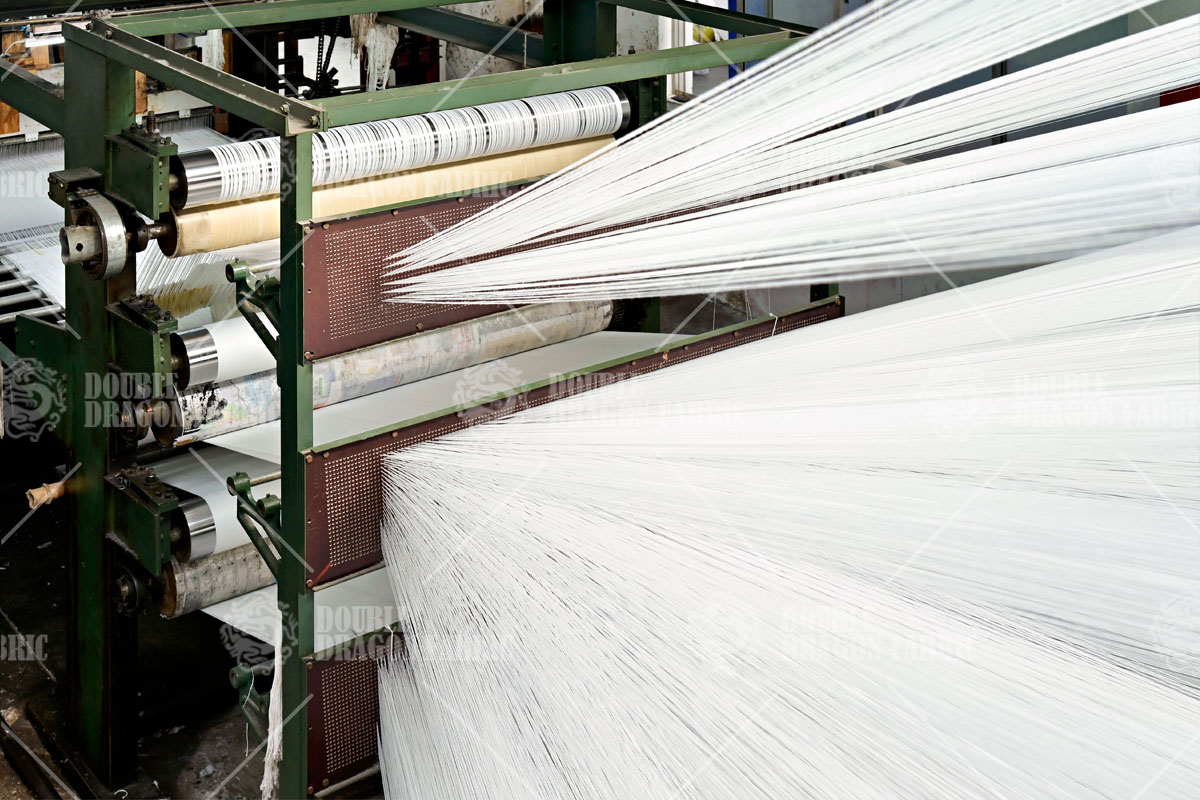The airslide fabric is made of heat-resistant and corrosion-resistant synthetic polyester fiber, interwoven with warp and weft yarns on heavy weaving equipment as required. It has good wear resistance and can resist organic and inorganic chemicals, acids, alkalis and oxidants contained in raw material mixtures, clinker and cement.
How Does Airslide Fabric Work?
An airslide fabric works by allowing air to pass through its porous structure, creating a fluidizing effect on dry bulk powders like cement, which then enables the material to flow freely along a chute or conveyor belt when a low pressure air stream is applied underneath it; essentially acting like a "floating" layer of powder on a fabric "bed" that is moved by the air pressure.
The multi-layer structure of the airslide fabric with different weights, thicknesses and permeabilities allows for a uniform flow effect on the sliding surface, greater mechanical wear resistance and tensile strength, and a wide range of porosity.

Air slide fabric : Performance Advantages
Air slide fabric allow constant permeability of air.
Air slide fabric are highly resistant to abrasion, decay, and rots.
Air slide fabric can be easily cut down into different shapes and sizes and easily fit.
Air slide fabric are highly resistant to wear and tear and long-term degradation.
Air slide fabric have high tensile strength.
Conclusion
Airslide fabric is an important device for supporting materials, allowing air to evenly penetrate and fluidize the materials. It is mainly used in pneumatic conveying chute for powder materials such as cement and alumina.
Airslide fabric are generally used in the fields of pneumatic conveyor lines, pneumatic gravity conveying systems, etc. to convey bulk materials of finely crushed and ground powdered chemical minerals used in the manufacture of cement and any other similar powder products to meet their wide range of needs.